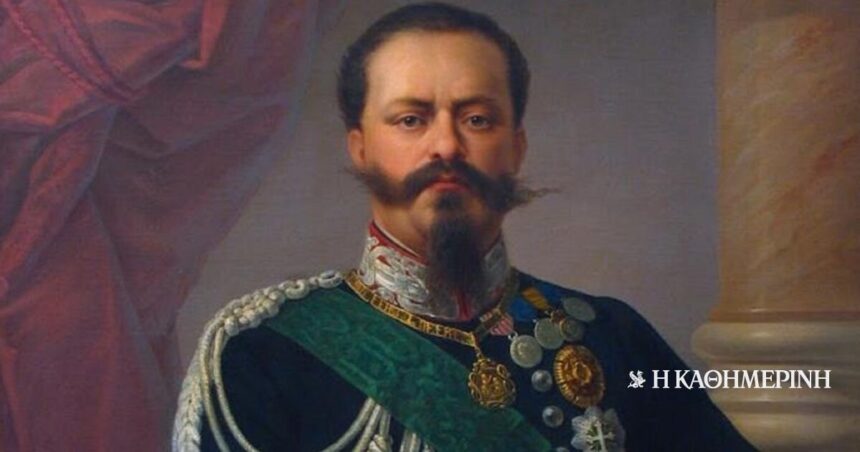After the failure of the revolutions of the years 1848-1849, the Italy For European diplomacy again a simple “geographical expression” has become. In Italian territory they were formed seven states: The Kingdom of Pedemonti, the kingdom of the two Sicilies, the papal state and the ducats of Modena, Luca, Tuscany and Parma. The liberal message of the revolutions disappeared and the authoritarian regimes dominated. In addition, the Austrian guardianship spread its influence everywhere, with the exception of the Kingdom of Piedmont.
Despite the initial disappointment, new ideas for the future of Italy began to form after 1852. Initially, the proposals for unification of Italy under a democratic (unassuming) government were rejected and the idea of organizing the country in a monarchical model was gained ground. The Kingdom of Piedmont It emerged as a dominant force among the Italian states, constantly promoting the Italian issue to resolve it. His king of Victor Emmanuel IIwho had given his people a fairly liberal constitution, did not hesitate to clash with Austria in order to give the final impetus to resolve the issue.
The chairman of the Piedmont Council of Ministers persuaded Napoleon to provide military assistance.
Victor Emmanuel found a supporter in his fight against Austrian influence Napoleon III France. In 1858, the chairman of the Council of Piedmont, Count Cavour, managed to persuade the Bonaparte Emperor to provide military assistance to the Italians in an attempt to achieve their national rehabilitation in a single state. In addition to personal sympathies to the Italian struggle for unification, undoubtedly, in adopting this Napoleon attitude, the hope of making Italy a satellite state on the European Political Stage.
In 1859 a war broke out between Austriaon the one hand, and Pedemon and France, on the other. Despite the joint involvement of the soldiers of Pedmont and France in war operations, most well known for the victory over Austrian in the battle of Majenta in June 1859, Napoleon came into contact with Austrian Emperor Francis Joseph and they signed a trucein August of that year. The negotiations that were then held did not satisfy the Italians. The territorial profits did not meet the expectations for complete unification of Italy.
Referendums were organized in most states of the Italian peninsula.
At the beginning of 1860, Cavour implemented the second part of his plan for the unification of the Italians into a state. Under the influence of Kavour or his agents, referendums were organized in most states of the Italian peninsula. The result has shown that the majority of the population of these states wanted to be put under the royal scepter of Victor Emmanuel II. Using the competitive French interests British factorCavour managed to persuade Napoleon III to accept the annexation of the areas of Central Italy to the Kingdom of Piedmont, in return for the city of Nice and Savoy (June 1860).
At the same time, the revolutionary Giuseppe Garibaldi He organized a campaign in Sicily with the aim of liberating the island and Lower Italy from the power of the Bourbon kings. Within a few months, Garibaldi managed to arrive with his men in Naplesin which he entered triumphant in June 1860. Having convinced Europe of the necessity of the Union of Italian territories under the monarchic scepter of Piedmont, Cavour sent his army to Naples in October of that year. This was followed by a referendum, which overwhelmingly prevailed the choice of Piedmont.
On January 27 and on February 3, 1861, the elections were held to highlight the members of the House of Representatives. Two weeks later, on February 18, the House was first convened in the capital of the kingdom, the Turin. On March 17, Victor Emmanouil II was proclaimed king of Italy. A new era has risen to the Italians.
Column: Myrto Katsigera, Vassilis Minakakis, Antigoni-Despina Poumenidou, Athanasios Syroplakis








